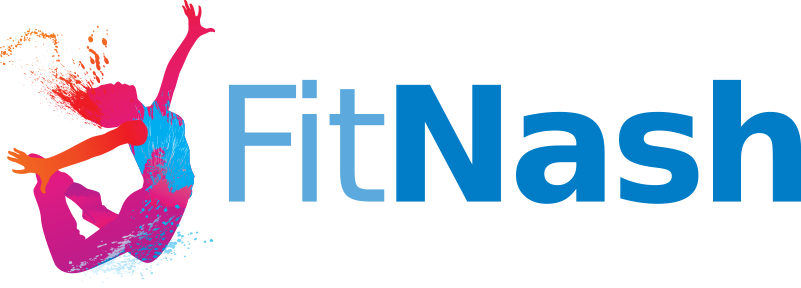In clinic we always release a tight area with the intention of making somewhere else stronger! Sometimes, about 5% of the time, in my experience, the area which needs release is where the pain is being experienced.
The other 95% is spent understanding that the patterns of compensation in our body’s run deep and it often takes a slightly peculiar approach (at least until the neurology / anatomy is understood) and a regime of home exercises to correct the dysfunction.
One such case presented itself this week. A client presented with GP and Physio diagnosed ‘trapped nerve’ in the RIGHT shoulder. I agreed (which was a relief), but unfortunately they hadn’t been able to see me due to my clinic hours, and hadn’t been able to afford to use the out of hours service.
The client was experiencing pain, numbness and tingling from the neck, down the arm to the ends of the fingers (indicating the radial, median and ulnar nerves were all indicated, but it appeared the median nerve was affected more than any other branch’s), complete loss of grip function, with no arm position being comfortable. They were close to tears on arrival.
The GP had prescribed very strong analgesia for the client. The physio had reportedly completed some soft tissue work around the right scapular, where most of the pain was focused. The results had been great for a few hours after each intervention, but they still weren’t able to work (three days off at the point of the appointment) and weren’t able to sleep properly either.
We started testing and found a compressed cervical spine. The majority of the dysfunction was focused around C6/7, and a significant crease line had formed in their skin as a result of the neck now hinging at that one point as a compensation.
Further testing revealed the LEFT Splenius Cervicis and Splenius Capitus (neck extensors) were overworking, and the LEFT SCM (sternocleidomastoid) (portions of which are involved in neck flexion (when used bilaterally)) underactive.
You can see from the side image of the Splenius muscles how shortening these muscles could cause compression of the cervical vertebrae. This in turn can cause irritation and compression of the cervical nerves.
We released the muscles on the LEFT. At one point the client even commented that I was working on the ‘wrong shoulder’. We activated the LEFT muscles which were previously underactive. Once the dysfunctional movement pattern had returned to normal, we were able to gently decompress the cervical spine.
The client felt instantly better, with pain going from ‘9.9 out of 10’ at the begin of the session, to ‘about 2 out of 10’ at the end. We ran through some postural advice and some homework they’ll need to complete at least three times a day.
As they went to leave, without thinking they reached for the door handle and opened the door. Their grip was working, and not painful, their arm was able to perform the action as required. The look of astonishment on their face, made the very complicated session very worthwhile.
*In the interests of full disclosure we also did some minor work on the forearm, as this was also contributing to the meridian irritation.

Image credit unknown
Experience the difference – A refreshingly different approach to pain and dysfunction, so you can breathe better, move better, to live better.
